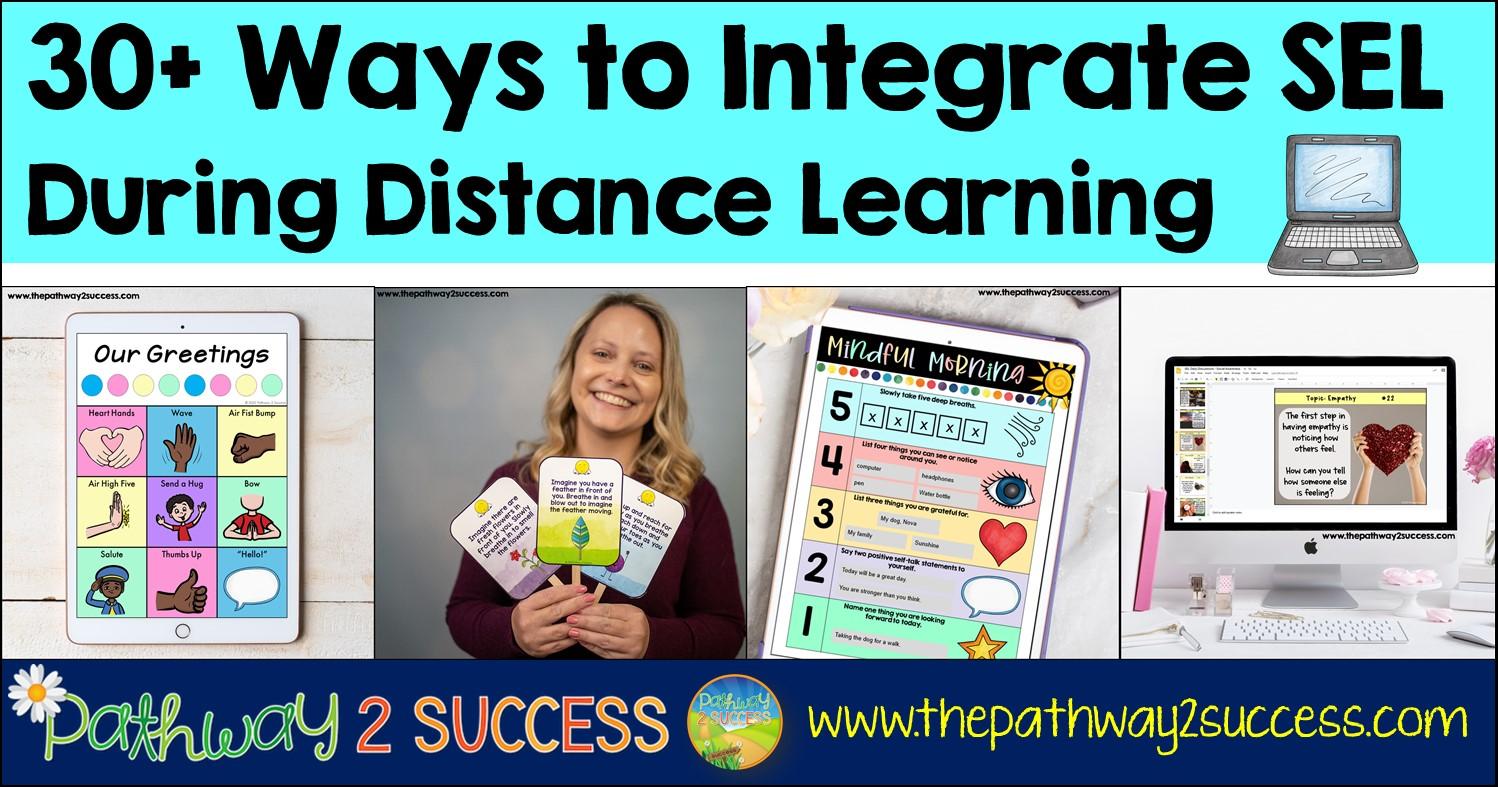How to Effectively Integrate SEL into Your Digital Classroom: Strategies and Best Practices
Introduction
As education increasingly shifts toward digital platforms, Social-Emotional Learning (SEL) has become integral to supporting student well-being and engagement. Integrating SEL into your digital classroom not only fosters emotional intelligence, empathy, and resilience but also improves academic outcomes and classroom behavior. However, many educators face challenges in weaving SEL into online instruction. This comprehensive guide provides proven strategies, practical tips, and best practices to transform your digital classroom into an SEL-friendly surroundings, ensuring every student thrives both emotionally and academically.
why SEL Matters in the Digital Classroom
SEL,which encompasses skills such as self-awareness,self-management,social awareness,relationship building,and responsible decision-making,is vital for student success—especially in virtual learning environments. Here are a few key benefits of SEL in digital classrooms:
- Improved Engagement: Students who feel emotionally supported tend to participate more actively in online lessons.
- Enhanced Academic Performance: SEL skills help students manage stress, focus on tasks, and set academic goals.
- Better Relationships: SEL encourages collaboration, empathy, and communication, strengthening peer and teacher connections.
- Resilience to Challenges: SEL provides students with tools to cope with negative emotions and adapt to changes.
The virtual classroom presents unique challenges, but with conscious effort, educators can cultivate a nurturing, inclusive, and productive learning atmosphere.
key Strategies to Integrate SEL into Your Digital Classroom
1. Build a Positive Classroom Culture Virtually
- Establish Norms and Expectations: Start the term by collaboratively setting ground rules for respect, participation, and kindness.
- Regular Check-Ins: Use digital tools (e.g., Google Forms, Padlet) for daily mood checks or emotional temperature readings.
- Celebrate Achievements: Create virtual bulletin boards to recognise academic and personal milestones.
2. Incorporate SEL into Lesson Plans and Activities
- Embed Reflection: Begin lessons with open-ended questions like “How are you feeling today?” or “What was a challenge you overcame recently?”
- Group Work & Collaboration: Use breakout rooms or collaborative documents for peer-to-peer learning.
- Model Social-Emotional skills: Share your own experiences in dealing with stress, uncertainty, or teamwork.
3. utilize Digital Tools for SEL Integration
- Mindfulness Apps: Integrate short guided meditation or breathing exercises using platforms like Calm or Headspace.
- SEL Platforms: Explore tools such as classdojo or Nearpod for interactive activities focused on empathy, kindness, or emotional regulation.
- Journaling: Encourage students to use digital journals to reflect on their emotions, share gratitude, or set personal goals.
4. Foster Communication and Connection
- Open Communication Channels: Offer office hours, direct messaging, or discussion boards for students to share concerns or ask questions.
- parent Involvement: Provide families with resources about SEL and encourage ongoing dialog at home.
Best Practices for SEL in virtual Learning Environments
- Consistency: Make SEL activities a regular part of your classroom routine, not just an occasional event.
- Inclusivity: Adapt SEL content to be culturally responsive and accessible for all learners.
- Student Voice: Promote student-driven initiatives such as peer mentoring, class clubs, or service projects, even online.
- professional Development: Seek out webinars,training,and resources for ongoing SEL skill-building.
- Feedback Loops: Solicit feedback from students about which SEL strategies resonate and adjust practices accordingly.
Practical Tips to Enhance SEL Integration
- Start with Simple Rituals: Initiate daily greetings or positive affirmations at the beginning of each class.
- Encourage Self-Regulation tools: Teach students techniques like the “5-4-3-2-1” grounding method or digital focus timers.
- Use Multimedia: Share videos, podcasts, or stories that highlight SEL themes such as empathy and resilience.
- Virtual Community Circles: Hold regular meetings for students to check-in, share experiences, and offer support.
- SEL Exit Tickets: At the end of each lesson, ask students to submit a reflection about what they learned emotionally and cognitively.
case Studies: SEL Success Stories in Digital Classrooms
Case Study 1: Elementary Classroom SEL Integration
Ms. Alvarez, a 4th grade teacher, began implementing daily virtual “morning meetings” using Zoom, allowing students to voice their feelings, discuss challenges, and share good news. Her class reported increased participation,stronger peer connections,and a noticeable decrease in behavioral issues—proving that coherent and consistent SEL practices work,even online.
Case Study 2: High School SEL via Digital Journaling
Mr. Yamamoto utilized Google Classroom to assign weekly reflective journaling prompts. Students responded about handling stress, setting academic goals, and managing relationships. The process not only improved students’ writing skills but also nurtured greater self-awareness and agency, boosting overall engagement.
First-Hand Experiance: A Teacher’s Perspective
“Integrating SEL into my online classes transformed both the way I teach and the way my students learn. By starting each class with check-ins and ending with guided reflection, I noticed students were more open, collaborative, and willing to seek help.SEL provides a framework that supports not just the mind, but the heart.”
– Ms. Patterson, Middle School Teacher
Challenges and Solutions for SEL Integration Online
Common Challenges
- Lack of face-to-face interactions
- Technology barriers and access issues
- Student disengagement or reluctance to participate
- Balancing academic content with SEL priorities
Solutions
- Blend synchronous and asynchronous activities: Allow flexible participation and self-paced SEL reflection.
- Utilize multiple communication channels: Facilitate engagement through chat, video, and discussion boards.
- Differentiate SEL activities: Tailor approaches to diverse learning and emotional needs.
- Leverage family and community support: Encourage involvement and reinforce SEL at home.
Conclusion: Transforming Your Digital Classroom with SEL
Effective integration of Social-Emotional Learning into digital classrooms is more than a trend—it’s a necessity. By applying intentional strategies, leveraging digital tools, and continually fostering connection and empathy, educators can create virtual learning spaces where students feel safe, supported, and inspired to succeed. Remember, small daily SEL practices can collectively transform classroom culture and student outcomes.
Whether you’re just beginning your SEL journey or seeking to strengthen existing practices, use these strategies and tips to build a thriving digital classroom where every learner can achieve academic and emotional growth. SEL is not just a skill set—it’s the foundation of lifelong learning and well-being.

